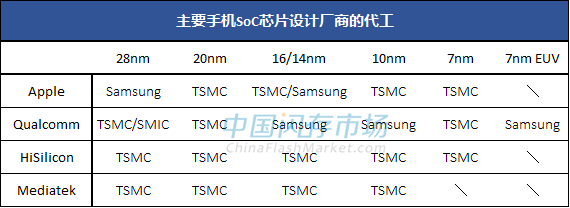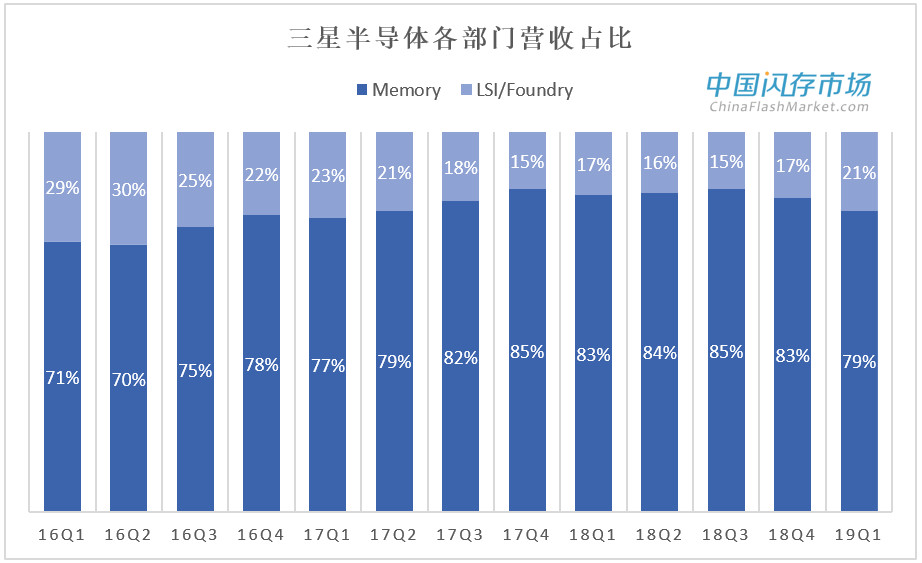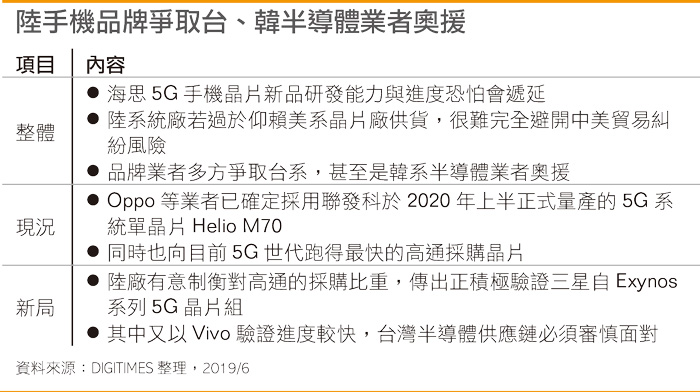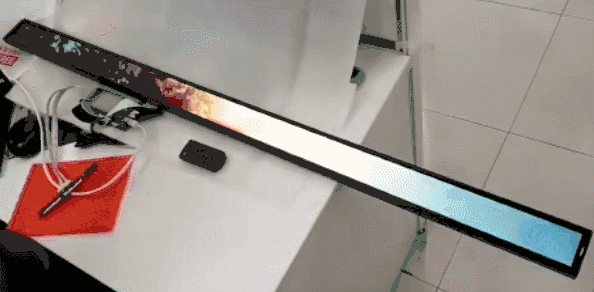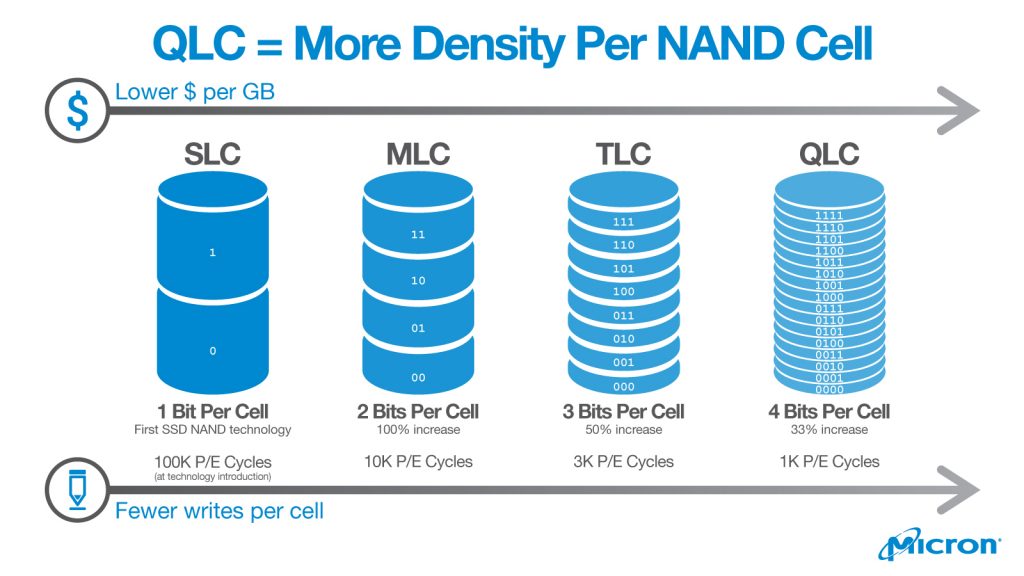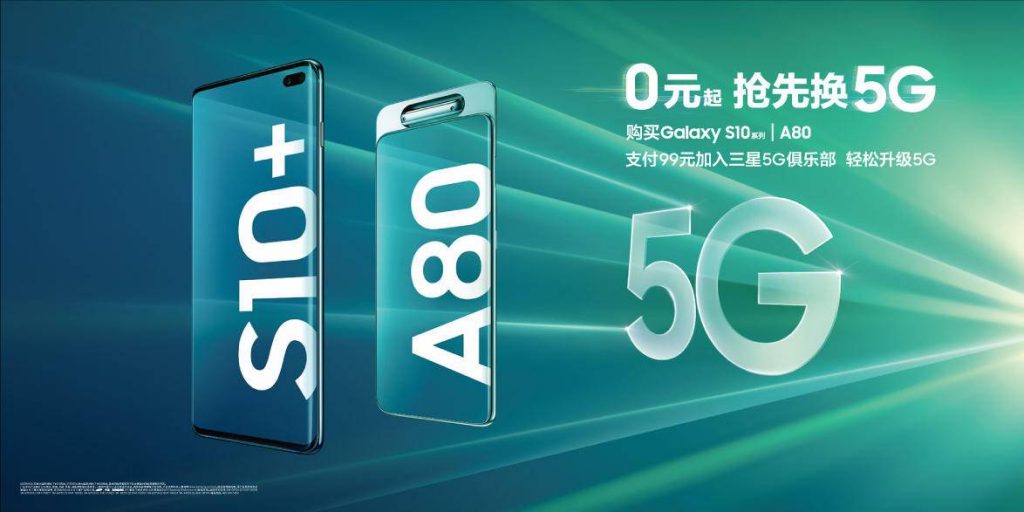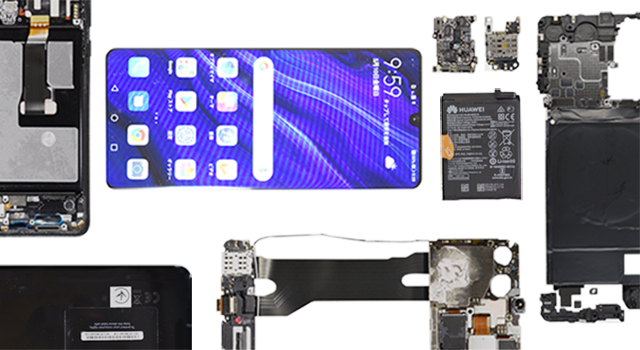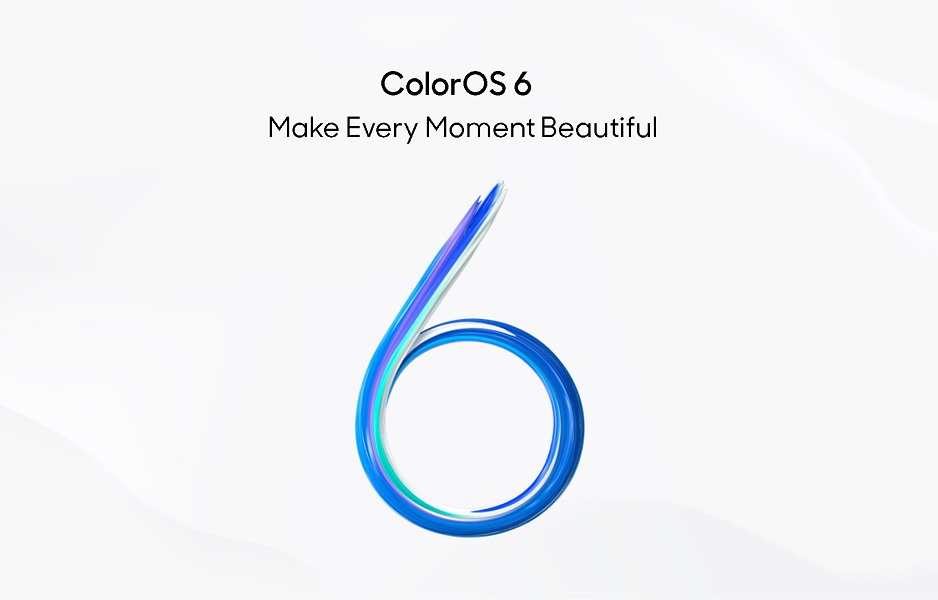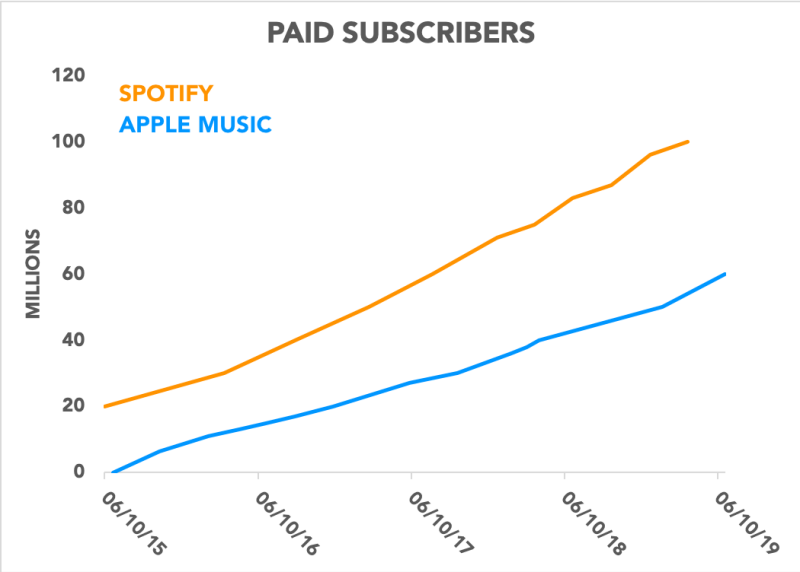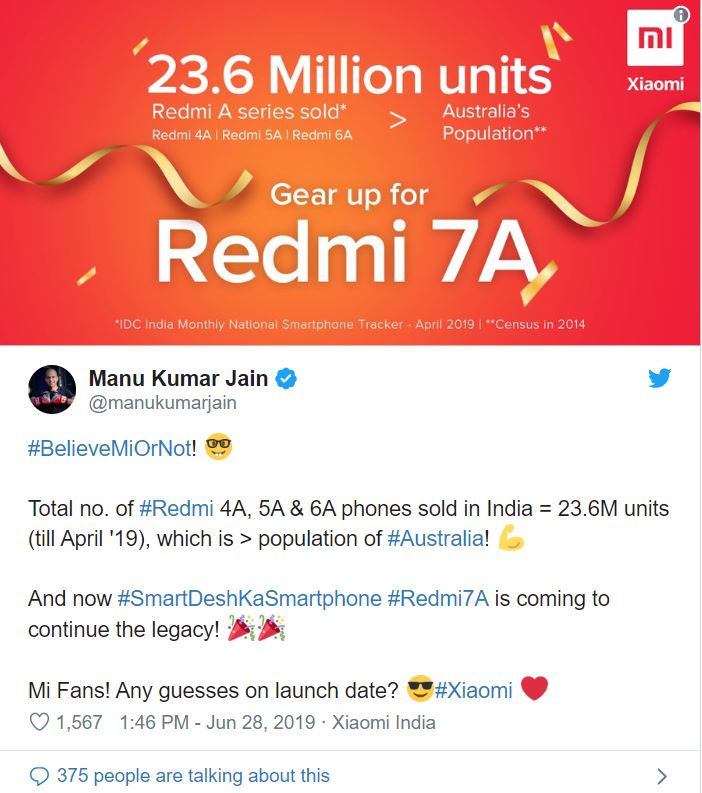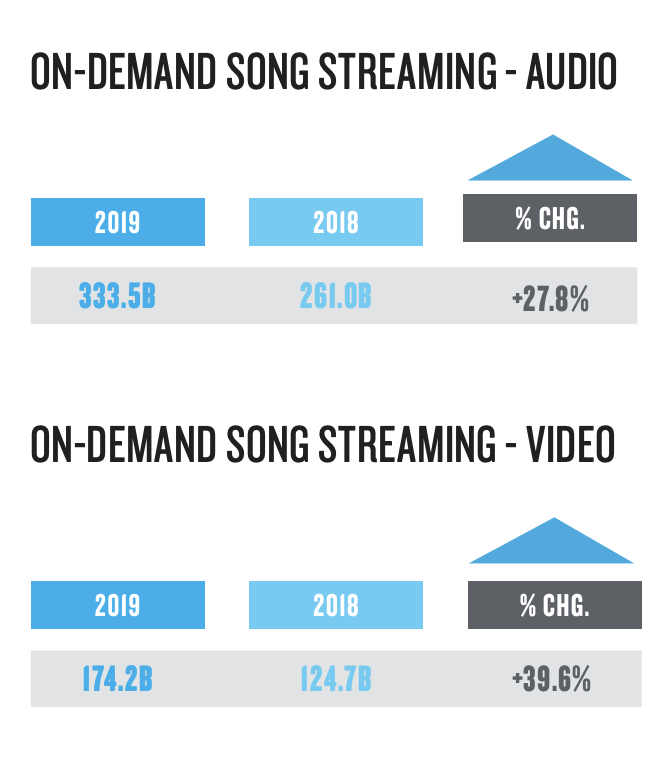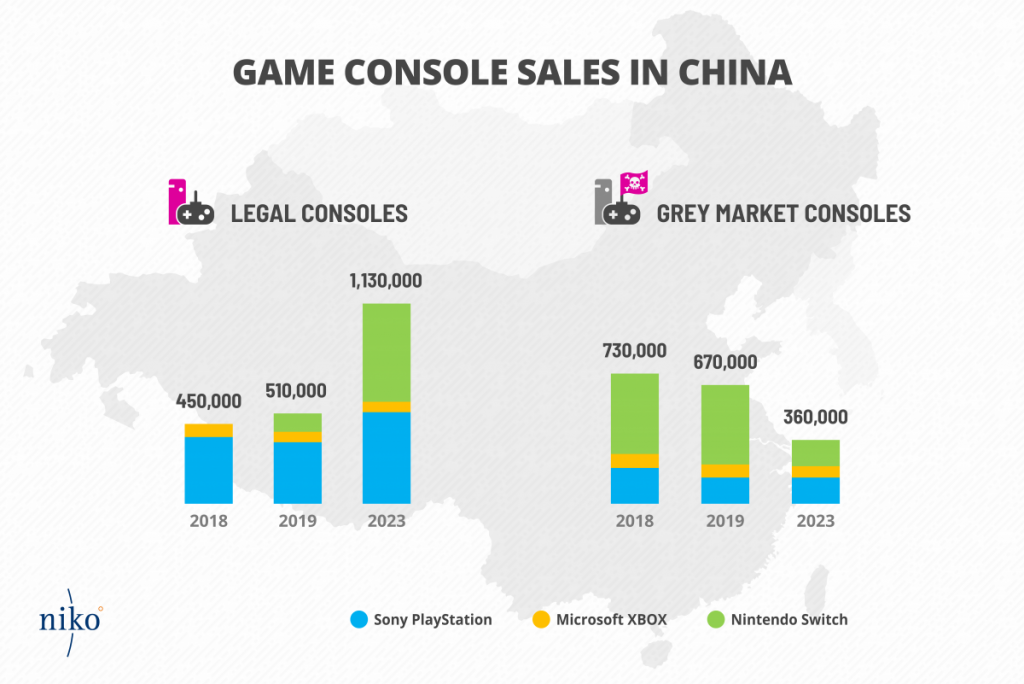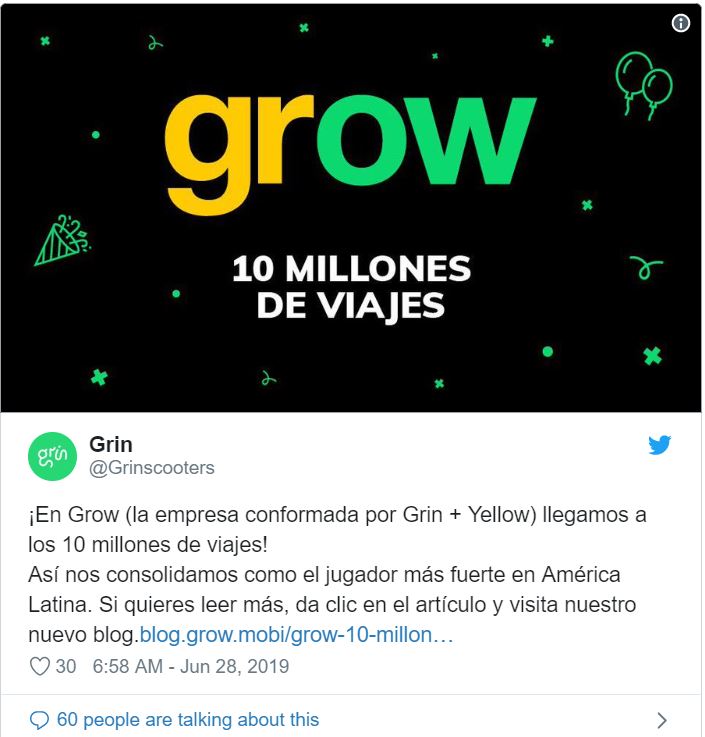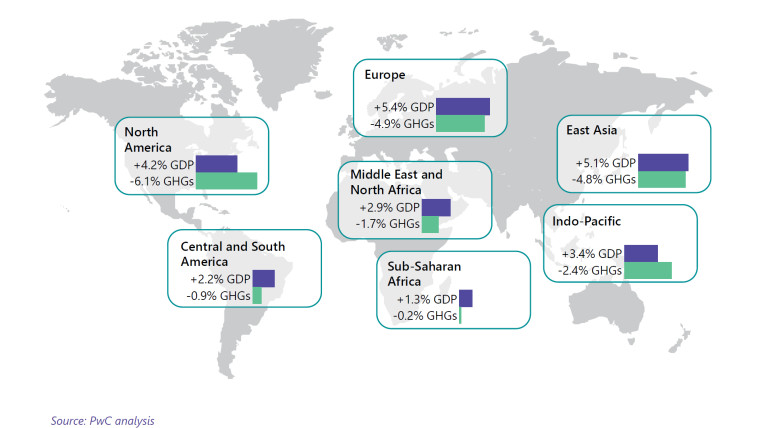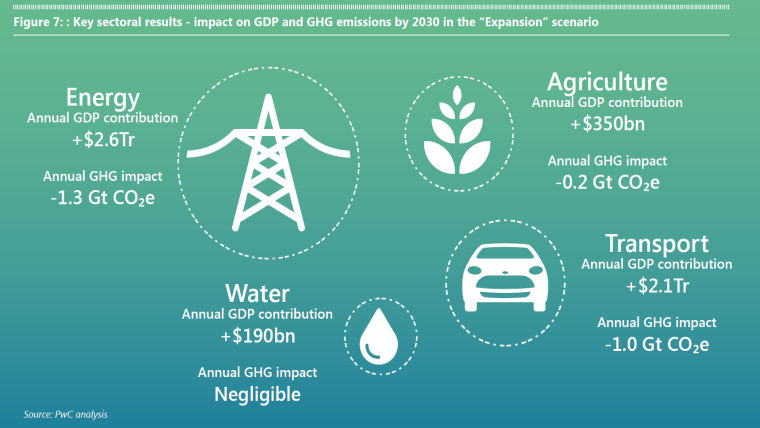
06-29: Toshiba Memory has indicated that its plant in central Japan will resume full production by mid-Jul 2019; OPPO has announced that its proprietary interface ColorOS has exceeded 300M monthly users; etc.
Chipsets
Samsung Electronics has announced that it will invest KRW133T (USD120B) by 2030 to strengthen its competitiveness in System LSI and Foundry businesses. The investments through 2030 will be composed of KRW73T for domestic R&D and KRW60T for production infrastructure. (CN Beta, China Flash Market, Samsung, ZDNet)
According to Digitimes, a number of Chinese OEMs including OPPO and vivo have received multiple samples of its 5G chipset solutions from Samsung. These OEMs are now intensively testing Samsung 5G solution. Samsung has announced several 5G commercial chips in 1H19, including Exynos 5100 modem, Exynos RF 5500 and the power management chip Exynos SM 5800. All three chips support the 5G NR sub-6 GHz band. They are also backward compatible with existing technologies. (Digitimes, GizChina)
Touch Display
Ben Bajarin, an analyst at Creative Strategies, has indicated that foldable screens create “a very challenging set of material science issues”. Samsung and Huawei use a protective screen made of plastic polymers, which are flexible enough to bend but not as durable as glass and can be easily scratched. Corning is working to create an ultra-thin, durable glass that can be used as part of a bending device display. However, Gorilla Glass has limitations, as it can have tiny cracks in its surface. (CN Beta, Huanqiu, CNN)
Google’s foldable phone patent has a multi-page foldable display panel that can be folded open like a book. The patent shows that the device combines multiple OLED screens through a “book cover” spine and other components like battery, processor, camera, etc. are on the rear. The Google foldable phone display panel is located inside the device and it can display content on both sides (front and back). The screen can be adjusted by “turning pages”. (GizChina, LetsGoDigital, Sina, CN Beta)
BOE has unveiled a new OLED screen which ranks as the world’s first 20:1 strip screen. The screen gets up to 4K resolution (3840×160 pixels). The strip screen has a size of 1209×63mm. The borders are just 6.4×6.4×5.7×7.3mm thick. (Gizmo China, Anzhuo, GizChina)
Samsung Electronics is expected to soon release a wide range of foldable smartphones, including one that folds outward. Samsung has already begun producing the outward folding phone. (The Investor, Gizmo China, My Drivers, Sohu)
Memory
Micron is among the first companies to start mass production and shipments of 3D QLC NAND. Micron uses its 3D QLC NAND for a number of products, including NVMe and SATA SSDs for clients and servers as well as microSD memory cards. In addition, Micron sells 3D QLC to other suppliers of SSDs. QLC SSD bit shipments increased approximately 75% sequentially, driven by growth of our consumer NVMe SSDs. (My Drivers, TechWeb, AnandTech, SK Hynix)
Toshiba Memory has indicated that its plant in central Japan will resume full production by mid-Jul 2019. The plant has been partially suspended since a brief power outage in the region on 15 Jun 2019. The suspension also affected Western Digital, Toshiba Memory’s joint venture partner. (CN Beta, AnandTech, NASDAQ)
Phone
Samsung Electronics Greater China president Quan Guixian has revealed that the company is ready to enter the 5G era. Samsung has announced an important initiative to promote 5G in China. According to the plan, users who purchase Galaxy S10 series and A80 from any Samsung authorized channel in China in 1 Jul ~ 31 Aug 2019, they will be able to join the “Samsung 5G Club” by paying CNY99 through Samsung Life Assistant APP after activation. (CN Beta, My Drivers, Sina)
According to Fomalhaut Techno Solutions teardown of Huawei P30 Pro, while U.S. content accounts for 1% of the parts, those components add up to roughly 16% of the cost of all components. It uses 15 parts from the US while the phone consists of 1,631 parts. Additionally, around 62% of the phone’s parts in terms of cost were produced by companies outside China. (CN Beta, Asia Nikkei, Epoch Times, Gizmo China)
Cowen predicts a modest increase in Apple iPhone assemblies and shipments, up 40M. Cowen postulates that Apple is responding to increased demand for the iPhone in some markets, following Trump administration’s decision to ban sales of technology and components from the U.S. to companies like Huawei. Predictions point that 75% of iPhone production (about 30M units) for 2Q19 will be across the XR, XS, and XS Max models. (GSM Arena, Apple Insider, My Drivers, IT Home)
OPPO has announced that its proprietary interface ColorOS has exceeded 300M monthly users. OPPO has specified that it has 310M users spread across 40 countries around the world. (GizChina, CNMO, My Drivers)
Apple SVP Eddy Cue says Apple Music has surpassed 60M subscribers. Spotify, however, boasts 100M subscribers worldwide. (Numerama, The Verge, Yahoo, 163, Sina)
Xiaomi Global VP Manu Kumar Jain has announced that the Redmi A series has exceeded 23.6M units in India as of 19 Apr 2019. The figure is including Redmi 4A, Redmi 5A, and Redmi 6A. (GizChina, Twitter)
Music streaming services have already delivered a new high of half a trillion (507.7B) on-demand streams in 1H19, according to Nielsen’s mid-year Music Report released this week. This record number — an increase of 31.6% over 1H18 — was attributed to the success of singles and albums from Ariana Grande, Billie Eilish, Halsey, Khalid, BTS, Lil Nas X, and Bad Bunny, among other factors. (TechCrunch, Nielsen, report, Teller China)
Home
In China, consoles have only just started to find their footing after the government ended its ban on game consoles in 2014. Now, console gaming is quickly approaching USD1B in annual revenue, according to Niko Partners. And console revenues may reach USD1.5B by 2023. (Niko Partners, VentureBeat, Kotaku)
Automotive
Latin America-based Grow, which formed after micromobility companies Grin and Yellow merged earlier 2019, has hit 10M rides. Grin, which first started operating about 1 year ago in Mexico, has since expanded into 23 cities across Latin America. That is thanks in part to its mergers with Yellow and Ride. (TechCrunch, LABS, Contxto)
Artificial Intelligence
According to PwC, the applications of AI tech in four areas have been signified, namely – agriculture, water, energy, and transport. If properly made use of, investment in these areas would help increase the global GDP by up to USD5.2T by 2030 – which amounts to roughly a 4.4% increase. (Neowin, CGTN)
